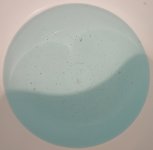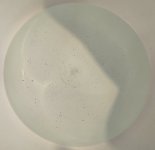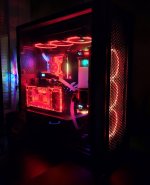I have 3 AC radiators in my build. When I got them I ran a hot water and vinegar solution through them 3-5 times each until there was next to no dirt coming out. Then I flushed them a few times each with distilled water. After that I built my loop.
Now that it is finished I am using the new EKWB Cleaning/Flush mixtures for a final clean before starting to sue the machine and to my surprise, after running the cleaning solution I had a ton of black crud coming out when I drained the loop.
Filled it again and ran their flushing solution, and again a lot of black crud coming out.
First run, cleaning solution (Went in clear came out blue)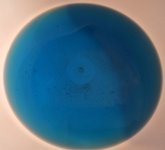
Second run, flushing solution, went in clear came out green
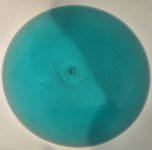
After this all I have left to flush with is distilled water as my large loop used up all the solution.
Now that it is finished I am using the new EKWB Cleaning/Flush mixtures for a final clean before starting to sue the machine and to my surprise, after running the cleaning solution I had a ton of black crud coming out when I drained the loop.
Filled it again and ran their flushing solution, and again a lot of black crud coming out.
First run, cleaning solution (Went in clear came out blue)

Second run, flushing solution, went in clear came out green

After this all I have left to flush with is distilled water as my large loop used up all the solution.



